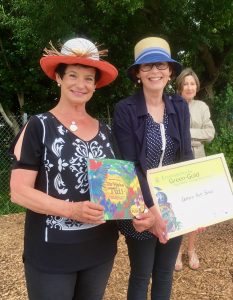There’s a balance to be found in providing opportunities for extra homes in Lower Hutt while protecting the rights of those who already live here. With Plan Change 43, I’m concerned that Hutt City Council may be going out too hard and fast on the former.
An extended 4-month consultation period on the topic finishes on March 9 and it’s important people have their say.
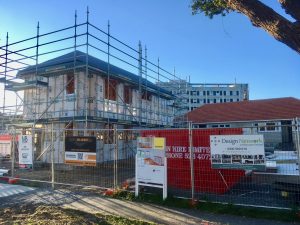
We all know that our population is ageing, and we want to create opportunities for young people and families to find a job and secure place to live here. With a higher population, there are more people to help pay for the facilities we all enjoy, and to start/run local enterprises. We’re short of flat land on the Valley floor and an argument could be made that it’s unfair for those who are already on the property ladder to pull it up for those coming behind them.
The counter is that couples and families who have invested heavily in a house they have worked hard to make a home, and with knowledge of existing zoning and planning rules, now face a situation where a 10-metre (three-storey) new residential building, with 2.5m side and rear boundaries, could be build alongside them, robbing them of sunlight, light and privacy. Currently, the maximum height is 8 metres (two-storeys).
This style of Medium Density Development will be allowed in nine areas of the city, focused around shopping and transport hubs.
Many of the ideas in Plan Change 43 are useful, and indeed were largely supported in panel and public surveys held last year. New rules for infill housing, granny flats and tiny houses “ subject to standards for outdoor living space and site separation” will give us the flexibility to provide for the smaller size of households and an ageing population now upon us. Stormwater impacts have to be carefully considered.
The Suburban Mixed Use Zones are also sound. The ability for suburban shopping centre renewal, with apartments above neighbourhood stores, has environmental, efficient land use and transport reduction advantages. Such apartments above shops may well appeal to the elderly, and couples. Importantly, the additional height allowed in these zones will by and large not trample on any neighbour’s light, sunlight or privacy rights.
Where I think we’ve gone wrong and where we’re getting all the opposition is in Medium Density Residential.
By my count the opportunity to build three-story apartment blocks or townhouses will apply to more than 200 properties on the CBD fringe (that provisionis currently on hold, pending preparation of a spatial plan for the CBD).
But in the Central Ward alone, the new provisions will apply to 282 properties on the west side
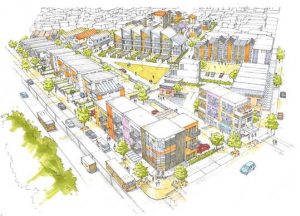
of Park Ave shops and another close to 300 properties on the eastern side of those shops.
There are some streets, within the proposed zones, where renewal of this sort would have much less impact. Why can’t we zero in on those and trial these changes.
The Design Guide only kicks in for buildings above 10m. Some of the drawings of potential apartment blocks published by council look really attractive, but there is no guarantee at all that the three-storey blocks that might be built will look anything like tht.
I ask ‘why we are we going out with such extensive zones, without first seeing how developers respond?’ We could start off with much smaller zones to see what developers actually build, and what the impact on neighbours and neighbourhoods are. We can extend the zones later by another Plan Change if we see we’re getting the kinds of developments this city and its residents want.
I understand that the Plan Change is taking a long-term development view, and today’s homeowners are not the only concern. But I also see the argument it is grossly unfair to hack away at the rights of existing homeowners to sunlight, light, privacy and the character streetscapes they bought into.
Read more about what is proposed, and how to make a submission, at http://www.huttcity.govt.nz/Your-Council/News-and-notices/Latest-News/housing-proposal-out-for-consultation/#Why%20is%20Council%20proposing%20these%20changes?
I would also like to hear your views. Email simon.edwards@huttcity.govt.nz or call me on 027 484 8892.
 Four or five times a year, Hutt City Church in Marsden St is filled with people from all corners of the earth, and their friends and supporters, as they make an oath of affirmation or oath of allegiance to the Queen. It’s the final step in their becoming citizens of New Zealand.
Four or five times a year, Hutt City Church in Marsden St is filled with people from all corners of the earth, and their friends and supporters, as they make an oath of affirmation or oath of allegiance to the Queen. It’s the final step in their becoming citizens of New Zealand.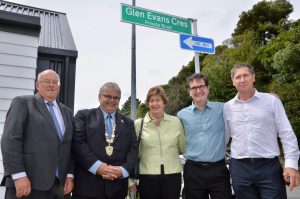
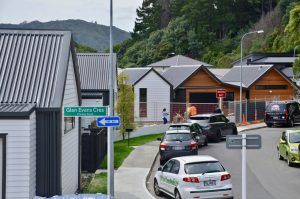
 A total ban on dogs in the park (except for the northern area) has been in place since 2005 and it had been proposed that continue. But a group of local residents sought change, and the council agreed to put it out to consultation.
A total ban on dogs in the park (except for the northern area) has been in place since 2005 and it had been proposed that continue. But a group of local residents sought change, and the council agreed to put it out to consultation.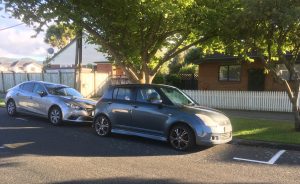
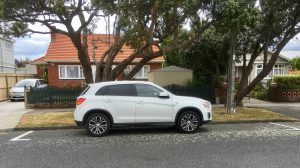
 .
.
 its own garden and there are lots of other plantings around the school to commemorate various events, to provide nectar for bees and butterflies, and so that pupils can explore the cultural uses of plants.
its own garden and there are lots of other plantings around the school to commemorate various events, to provide nectar for bees and butterflies, and so that pupils can explore the cultural uses of plants.